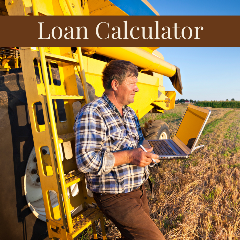Important Announcement: Heritage Land Bank has agreed to enter into a letter of intent to pursue a merger with Texas Farm Credit. Click here to read more.
.jpg?sfvrsn=81bdbe8_0)




.jpg?sfvrsn=2591a39c_0)